This post may contain affiliate links.* As an Amazon Associate I earn from qualifying purchases. Click here to read our affiliate policy.
Estimated reading time: 16 minutes
The human race is remarkably resilient. Throughout history we’ve survived wars, natural catastrophes, and yes, even pandemics. But that survival wasn’t without casualties based on location, circumstances or just bad luck.
But for many of the survivors there was another factor. The knowledge and awareness of how to make the right decision at the right time to not only survive events as they happened, but survive the aftermath sometimes lasting for years, decades and even a lifetime.
Article continues below.
The knowledge, skills, and abilities that many survivors possess sometimes comes from experience, at other times upbringing, and mostly the determination to learn self-sufficiency, practice sustainability, and master basic survival skills.
And that learning is captured in many books dedicated to a range of subjects that can not only educate a determined survivor, but serve as a knowledge bank for the future.
Want to save this post for later? Click Here to Pin It On Pinterest!
A Worst Case Scenario
Imagine a time when everything goes wrong. Natural disasters and regional conflicts aggravate further civil unrest driven by numerous factors from economic failures to societal collapse.
The grid is down. The Internet is hacked and corrupted, affecting everything from commerce to cell phones and most every other form of communication. Retail stores are shuttered, local emergency services are overwhelmed, medical facilities are filled to capacity, and there’s no end in sight. It’s a worst case scenario that can not only happen but has already happened in the past.
It’s the Dark Ages Part II, and if you need information about anything, your only sources are going to be your memory—and books.
The Value of Your Knowledge Bank
You can have food storage that will last for years, medical supplies to equip a hospital, and more firearms than a platoon of marines, but it won’t mean a thing if you don’t know how to find and filter water, preserve food, repair an engine, or use all those medical supplies.
Some of those things may already be in your wheelhouse, but it’s a good bet there are plenty of things even the best of us don’t know. Books can give you a fighting chance when everything is a challenge.
Digital Books or Hard Copies?
Digital books are cheaper and you can store a library on something as small as a jump drive or a Kindle Reader. The only caution is that electronics are fragile. There are books that can tell you all about how to fix electronic devices. But they’re no help if the book about fixing electronic devices is on the device you need to fix.
Portability is another good argument for digital copies of books. At a time when bugging out may become a regular activity it’s a lot easier…

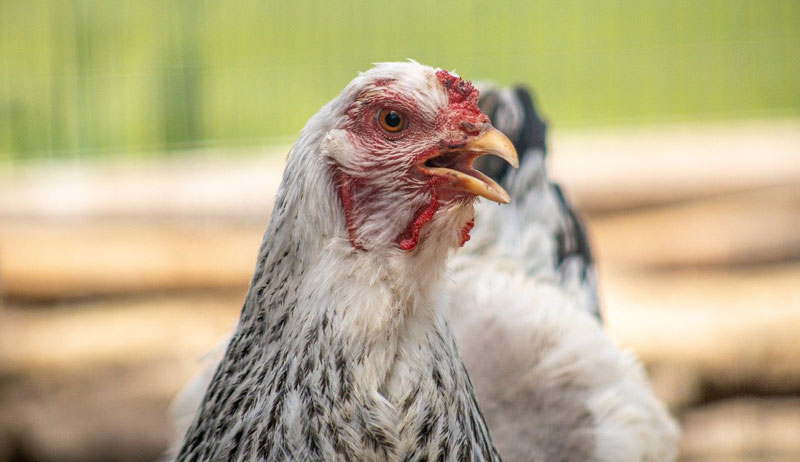


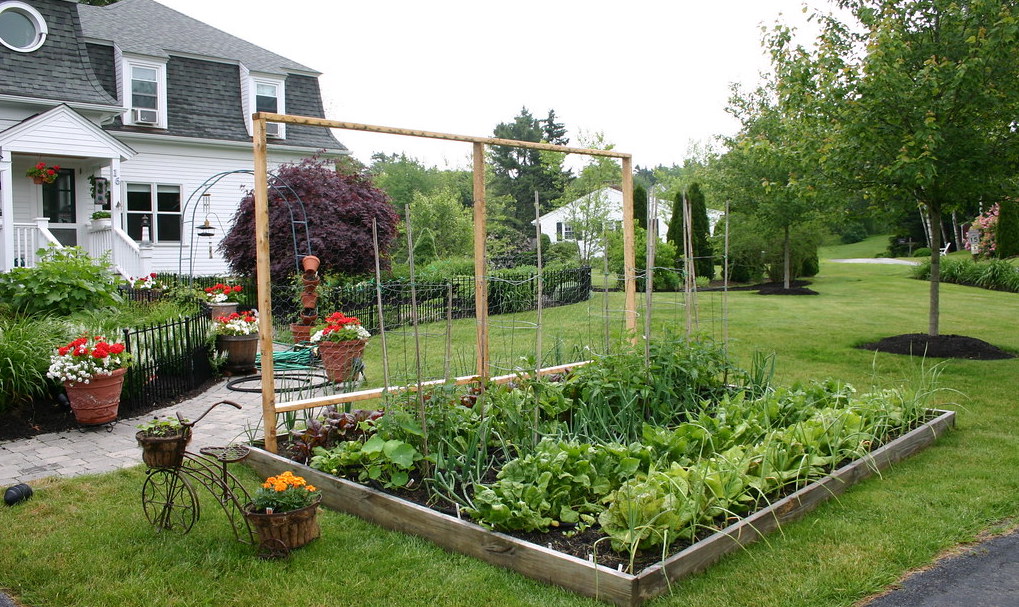
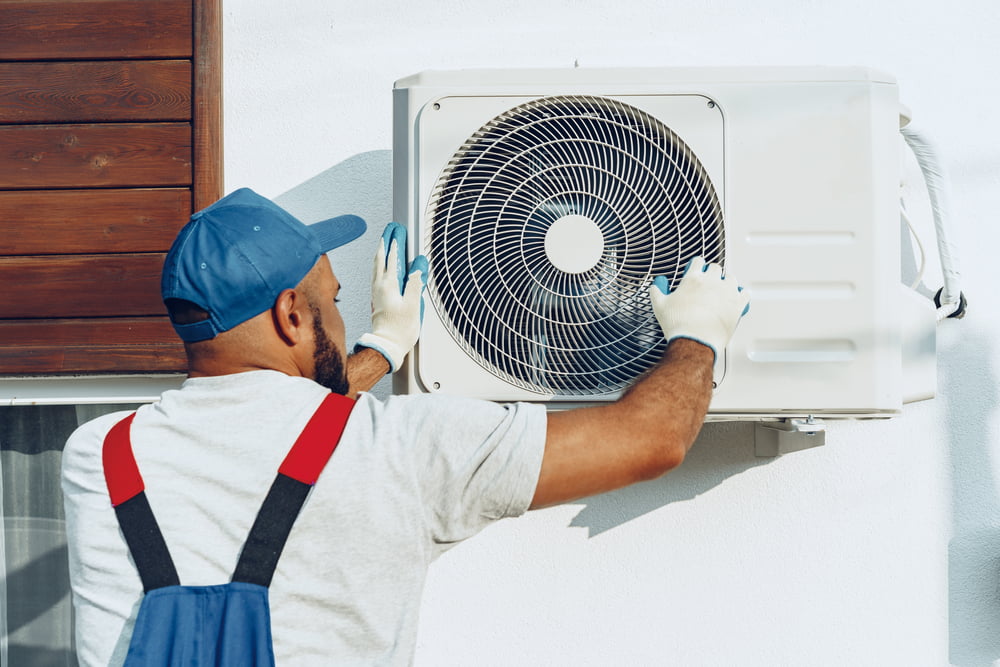





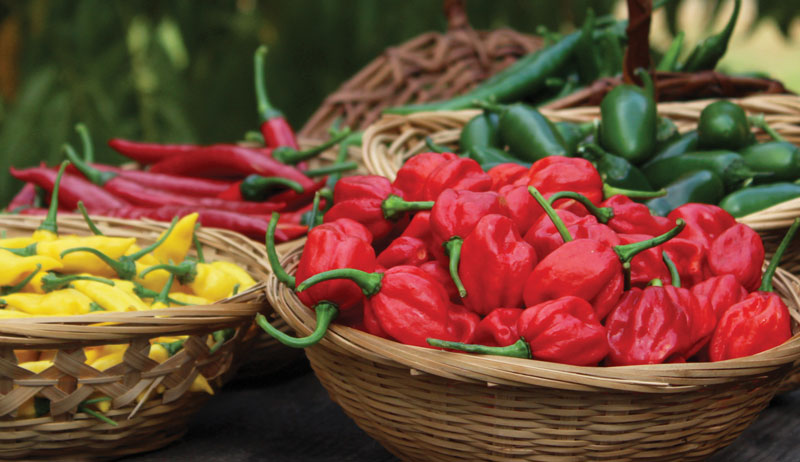
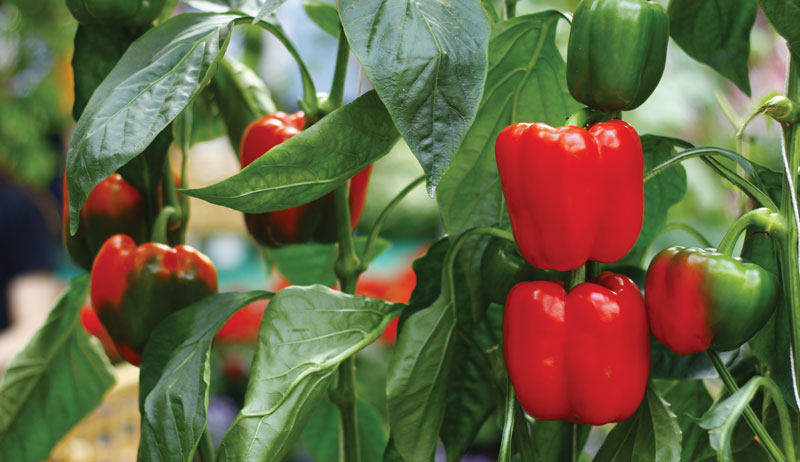 Vasin Hirunwiwatwong/Shutterstock
Vasin Hirunwiwatwong/Shutterstock